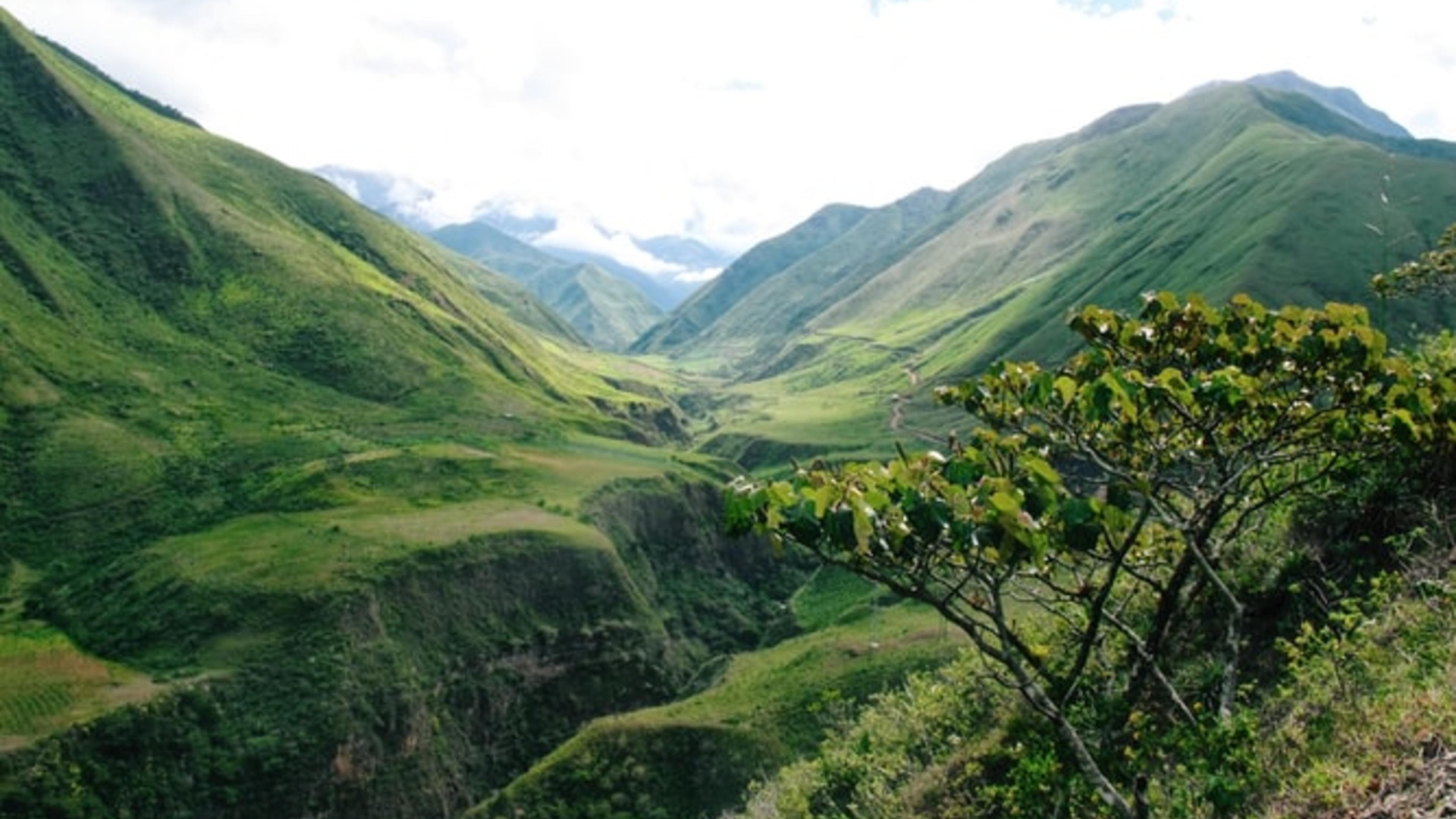Cuenca- A Nourishment for the Soul
The mountain views out the office window where I’m sequestered in Cuenca, Ecuador are soul-nourishing. Some of the most surreal and magnificent scenery I’ve ever immersed myself in has been in the Andes Mountains of Ecuador.

Deep valleys, snowy peaks, cloudscapes piled against blue skies, flowery downtown parks shaded by massive palm trees’ lacy leaves.
As humanity retreated indoors to avoid the COVID-19 virus, these landscapes were left to themselves.
The natural beauty of Ecuador has been enhanced, not eclipsed by the advent of the virus.
When we leave nature alone, it thrives noticeably.
That is the silver lining to the cloud. The cloud itself is the virus sweeping through this country.
COVID-19 Enters Ecuador
On February 14, 2020, a woman came from Spain to Guayaquil to visit her relatives. She was feeling fine and enjoyed sightseeing around Guayaquil with her family. Soon, she began feeling sick. As Ecuador’s first confirmed case of COVID-19, she tested positive on February 29. Other cases quickly followed in Guayaquil and the surrounding province.
March 13 is the date that the first death was reported, and the first nationwide steps – the closing of schools – were taken to change society’s behavior to prevent the spread of the virus. On March 15, Ecuador closed its international borders, then banned inter-provincial travel to keep the virus contained within the provinces where it was already active.
Non-essential businesses closed. Throughout March, there was a gradual increase in protective measures being mandated, such as social distancing and wearing of masks. The goal was to keep the virus that was overtaking Guayaquil from spreading to other provinces.
The initial public response to the virus news was mixed. It seemed that people were stunned by the swift developments and didn’t know how serious the news were. Rumors flew. As expats attempted to translate Spanish-language Ecuadorian newspaper articles about the various new restrictions, we all struggled together on the expat websites to understand what was being required of us.
The restrictions changed weekly, even daily, and the local and national government agencies tried to understand what actions to take. In those first weeks, most locals and expats seemed willing to comply but were confused about the rules.
I had enjoyed a peaceful nature retreat in Vilcabamba with a friend from the U.S. in early March. Our week was meditative; unplugged from the world.
Bonnie relaxing in Vilcabamba, Ecuador the day before news of COVID-19
By Bonnie Willow
Havoc and Confusion
But during our March 13 van-ride back to Cuenca, my friend started receiving texts from business associates about her upcoming workshops being converted to online meetings.

That seemed odd. As we unloaded our suitcases from the vehicle, she looked pale and worried. The flood of incoming texts tripled. Something unusual was taking place in the U.S. and possibly other countries.
We barely comprehended this crazy influx of information. Within the hour, we canceled our vacation plans. The phone lines for all airlines were jammed, citing a three-hour wait. After a tremendous and relentless effort, she booked a flight out of Ecuador to the U.S. I escorted her to the airport shuttle and went home with my head spinning.
By the end of March, Cuenca’s few open businesses – banks, department stores, all food-related businesses, pet stores, cell phone stores, had developed a routine of allowing small numbers of customers in with the rest waiting in line. A gauntlet of cleansing processes disinfected each customer on their way in and out.
Guayaquil struggled more than most regions, with high numbers of sick and dying. The city faced an obstacle course of problems that snowballed for several weeks before city managers crafted solutions. Quito showed increasing numbers of COVID cases, but not as many as Guayaquil.
Normalization
In April, the “lockdown” felt like a routine that everyone could understand and comply with. A quarantine from 2 pm to 5 am was instituted and mostly obeyed. Masks were mandatory in public. Stores workers wore full-body suits and face shields. Wearing gloves was encouraged. Instructions about washing and disinfecting everything became ubiquitous. Only one family member was allowed out at a time. Cars could only drive on certain weekdays.
The public’s willingness to comply with social distancing was good in the Cuenca area and nationwide. Dog walkers counted themselves lucky because they could go out for daily strolls.
My husband and I alternated dog walks and grocery trips, so we could both enjoy the exercise and change of scenery. By the end of April, the early and strict measures taken by Ecuador had served well to limit the spread of COVID-19 in most of the country.
What was your experience where you live?
by: Bonnie Willow

